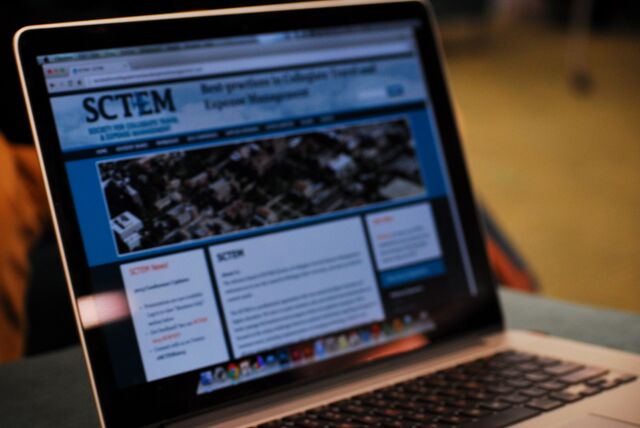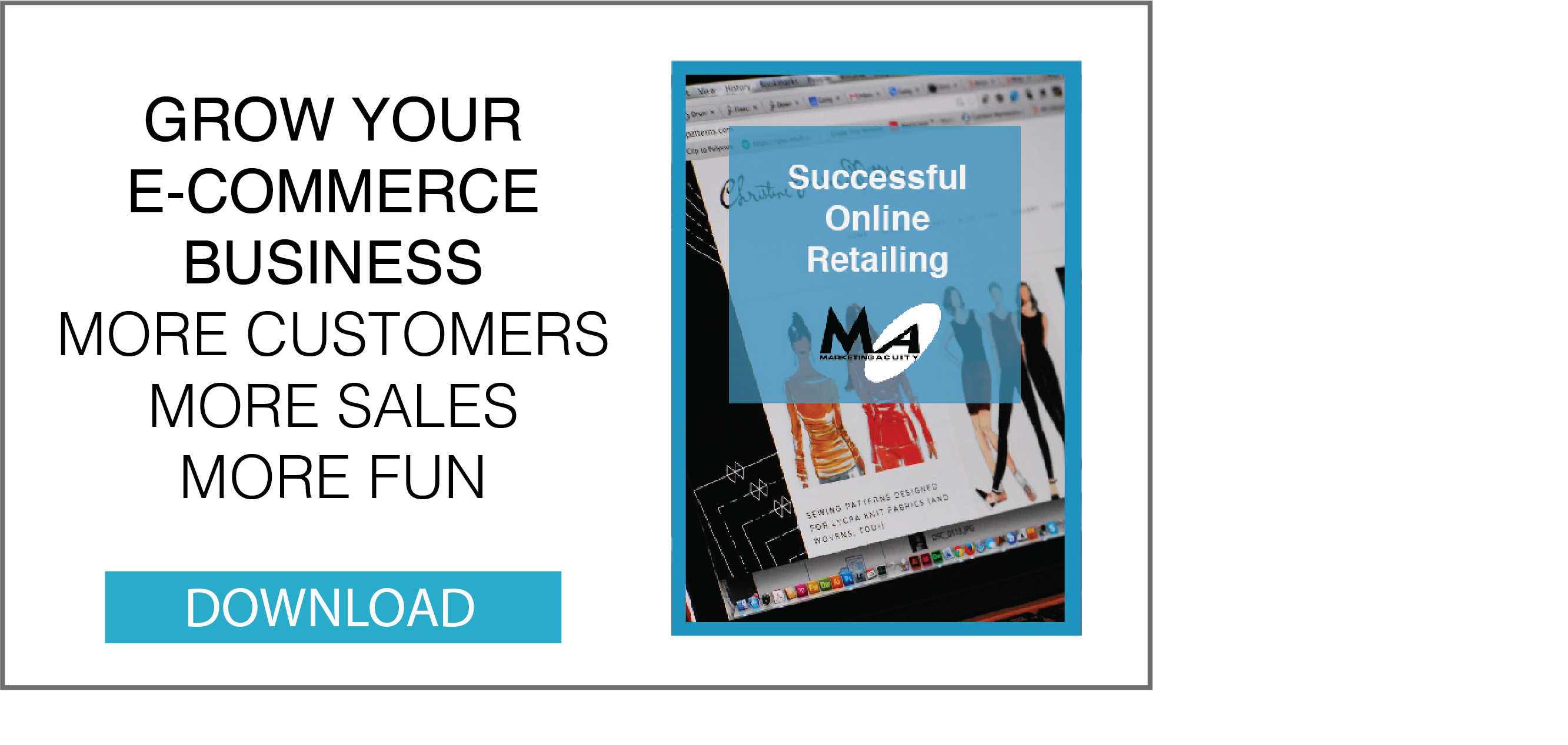If there is one buzz out there in the social media marketing community this year it’s about live video. We’ve all been using video in marketing for decades – every commercial or infomercial is just one example of how business has used video. What do people watch on Vimeo or YouTube? Cat videos and fail videos. We love to consume video, but we want the unpolished, funny, practical video. Live video? That’s an entirely different animal altogether. It’s not a cat, it’s a leopard. It’s unpredictable, wild and far more entertaining.
Businesses can use live video to connect with their customers in several different ways. Understanding how people consume your business content on your web site and blog sets the foundation for embracing and using live video.
No one cares about your press release. That’s hard to hear. What they really don’t care about is the perfected, packaged message that you’ve spent a lot of time (and money) to craft. As marketers, we’re both heartened and dismayed to understand that all of our efforts to craft these messages aren’t going to resonate in a me-first, consumer-created and consumer-centric world. What they do care about is the real message, the ability to truly connect with a brand, with a person.
What we are seeing as an industry is a move toward more collaborative use of video, of a place to go where our tribe is gathering, not a place where we’re experiencing that carefully crafted message as a bystander.

Developing your live video strategy can be broken down into the Who What Where, When Why and How model:
- Who are your customers?
- Where are they gathering online?
- What do they need to know?
- How can you show them how to do that?
- Why should they watch?
- When do they want to watch?
Once you understand and answer these strategic questions, you can look at your live video options. All of these can be hosted from a smartphone, and if you have both a smartphone AND a tablet (and a holder for both) you can conduct multi-platform broadcasts at the same time, using one with Periscope for Twitter and one for Facebook Live video, for instance.
Platforms selection for using live video will be matched to your audience and where they spend their time.
Facebook Live Video
Facebook rolled out live video to IOS devices (iPhone) earlier this year, after piloting it with celebrities. Android version is coming, in the mean time, you can use your iPad instead of your Android phone.
Periscope (Twitter) live video
Periscope (owned by Twitter) previously would only allow your video to be available for 24 hours, but recently has offered an option to save them as on demand video available after the live broadcast. It functions like Facebook live, posting the live video to Twitter as you stream it.
Blab live video chat
Blab allows up to four contributors to chat live in four screens at once, and for the remainder of the audience to chat in a live chat area on the same screen. Blab is more interactive than either Facebook Live or Periscope and can be a great way to get your community engaged and talking about a topic together.
In all cases, understanding WHEN your audience is online and hosting a regularly scheduled live video broadcast at that time is key. Because Facebook prioritizes video in the user’s feed, your engagement from your Facebook page to their Facebook feed is much higher than for photos or text posts. Some clients have great success in the evenings, still others find early morning live video is best. Try different times to see what works well for your audience.
Our experiences:
We began using live video for a client on a test basis in June of this year. This client is a retail online commerce client and has ample opportunities to educate by providing tutorials for how to use her product. We prepared a 15-minute video segment on how to construct a simple skirt and planned to sew the entire garment on live video.
- Prepare your environment. Although we didn’t have a set up for holding a camera phone, we improvised (our experimentation, if successful, would mean we’d purchase the equipment)
- Set up the tools you need to do the video segment. Have your materials ready so the video flows. You won’t get an editing do-over. Prepare a script if you need one.
Our results:
- The time we selected (noon, over lunch hour) was not successful. Our audience generally prefers to be online early in the day or later in the evening. Our tests of early morning (7-8:15am) have been much more successful
- Have the right equipment. Although we intended to just test out this concept, we got called out by one of our fans for having poor camera work (!) We publically acknowledged her comment and agreed.
- Shorter video may be better. The 15-minute event although very helpful as an on-demand tutorial, was not the right length for live video for our audience. We have had more success with 3-6 minute videos.
If you experiment and find the right niche, the results are staggeringly successful. We have about 2,000 friends/fans of our business facebook page, with an average engagement of about 400 per post, whereas with video, unboosted, we were nearing our total number of friends for one live video stream and post! We received more shares and comments on live video than on any other type of shared content.
Facebook (and Periscope via Twitter) live video is a very successful tool for small businesses. Those that can add an educational component to their live video will see the most success. Think of ways you can add a ‘how-to’ aspect to your business and film short videos, shared at the time your customers are online (experiment). Eventually live video may become commonplace and Facebook will again demote it in it’s algorithm, but for now, it’s the magic tool for getting your page posts shown to all of your fans and friends.
You’re working frantically on your small business. You have only so many hours during the day – all of which should be spent serving your clients. How do you have time to boost marketing? The answer is automation – setting up marketing automation involves connecting some key pieces and then letting your web site be an extra staffer 24/7/365 for you. Want to know more? Download our retailing success case study.






